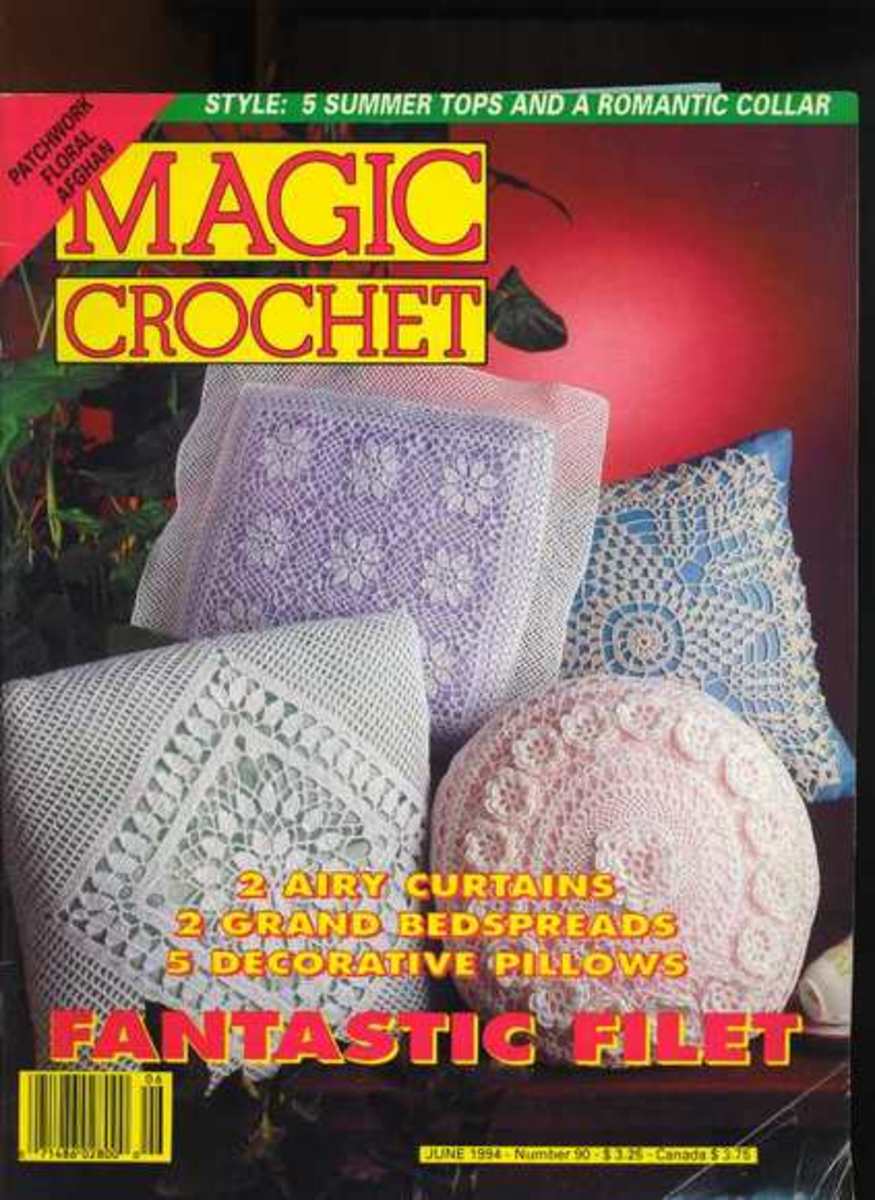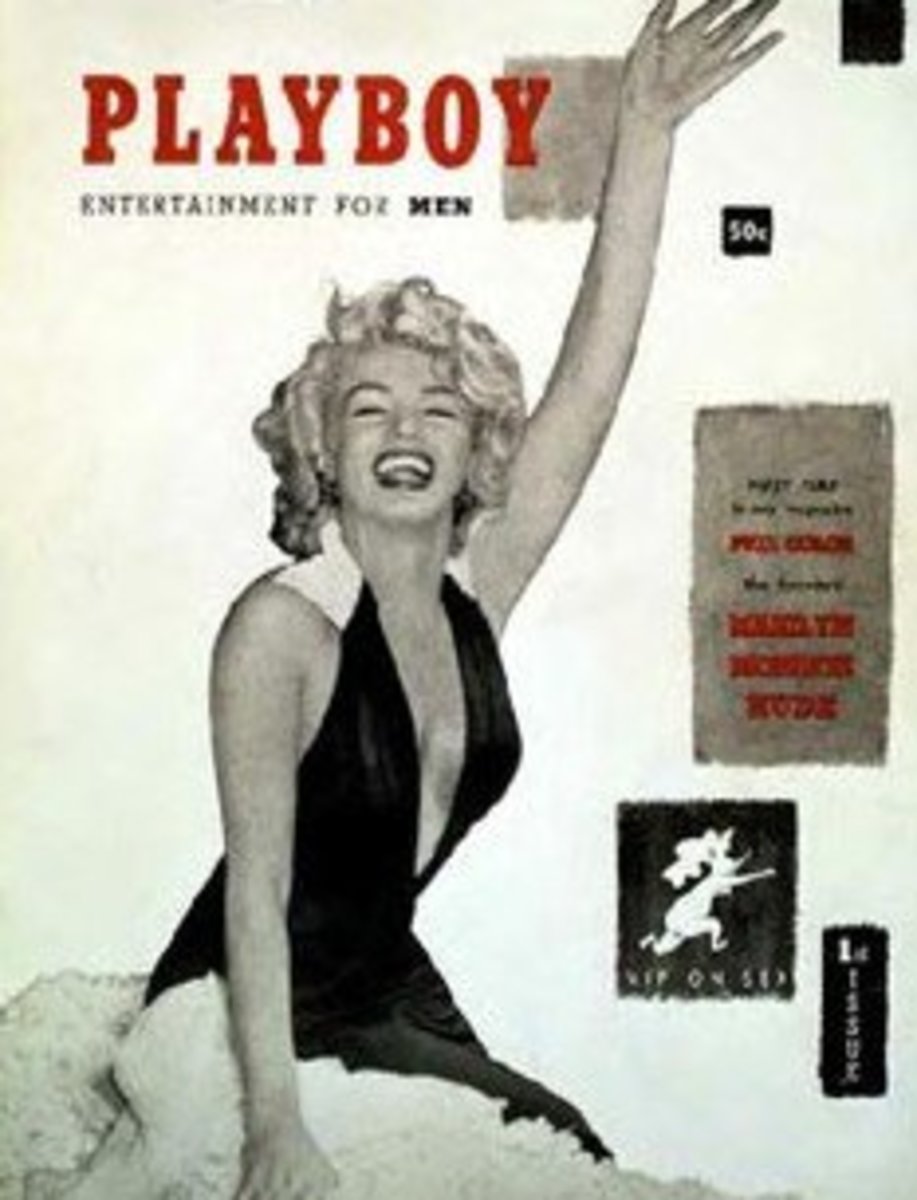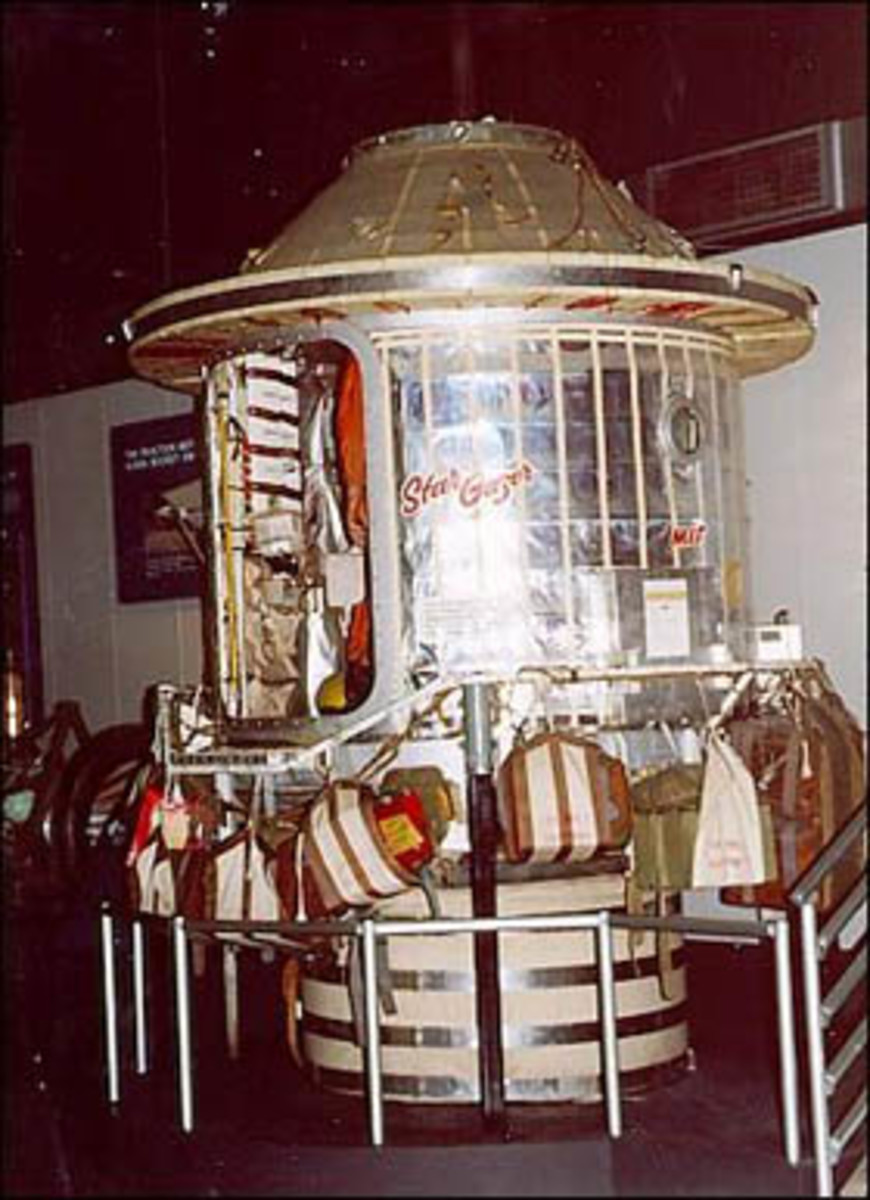What is a Copy Editor?
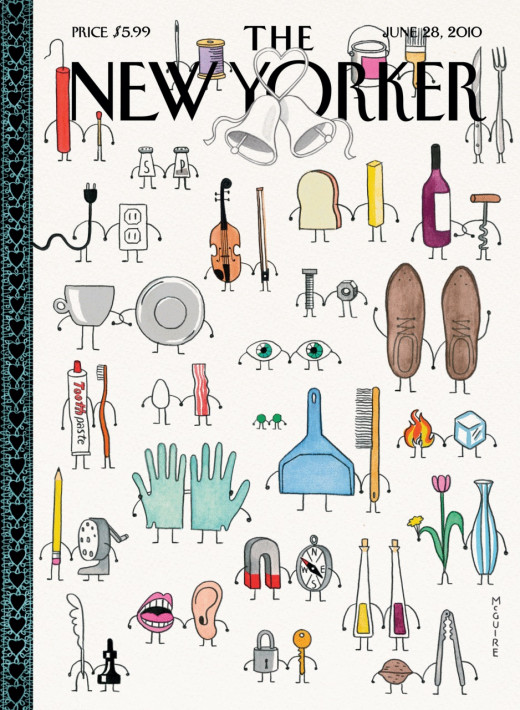
Mary Norris: Copy Editor at The New Yorker Magazine
I researched an intriguing interview that literary agent Andy Ross had with interviewee Mary Norris, a Copy Editor at The New Yorker Magazine. As a student and aspiring magazine editor I was interested in learning more about what a copy editing job entails and what a typical day in the office is like for the Copy Editor of an internationally recognized literary magazine and here’s what I found out:
I learned from Andy Ross’ interview that Mary Norris has been at The New Yorker for over 31 years in various departments such as, the editorial library, the copy desk and the collating department. She got her job as Copy Editor of the magazine in 1993 and has since then found the time to publish a memoir and create the humorously witty blog, titled ‘The Alternate Side Parking Reader”.
The Interview
A Hierarchical Editing System. At the beginning of Andy’s interview, Mary gives an in-depth explanation of the editing process on a typical day and the complex system of checks and balances a single document undergoes before it reaches the hands of the public. I learned that the editing process requires four full time O.K.’ers, or people who give permission for a draft to be sent to the next phase of editing, and a team of six or more proofreaders.
Mary describes the editing system at The New Yorker saying, the day a piece is finished, it is read and proofed by two proofreaders, resulting in a document known as the “query proof”. The query proof is sent to the editor who makes all acceptable changes and sends the new copy to the Makeup Department. She explains to Andy that there is sometimes a “closing meeting” to discuss any final changes to the copy, which involves the editor, the O.K.’ers, the fact checker and the writer.
The O.K.er copies the discussed changes onto a proof called, The Reader’s and this final revision is sent back to Makeup. Then, another layer of proofreaders referred to as “the night foundry readers” rechecks the Reader’s proof in the last phase of editing. I never realized how incredibly complex the editing process is and I was fascinated by the inner workings of the editing system as Mary describes it; the way in which the many layers of editors, act as safety nets for one another in checking and rechecking a single document, a redundant but extremely efficient process.
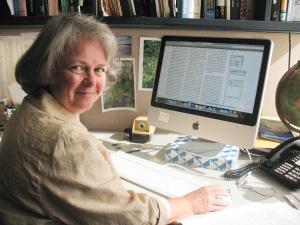
The Role of a Copy Editor:
In the interview Mary describes what exactly her job as a Copy Editor for The New Yorker entails, information which I found to be invaluable in helping me to decide whether or not editing would be a good fit for me as a future career path. She explains that as copy editor, she is the first person to proof a newly released manuscript, set out for general distribution.
At this stage, she makes minimal changes to spelling and punctuation, solely for the purpose of conforming to The New Yorker writing style. She describes an example of a specific style change saying that in the magazine “Theater” is spelled in the British way, “Theatre”, which would require her to reverse the “-er” in a given draft. Another one of her duties as Copy Editor is to copy-edit any new material added to a piece, by either a writer or checker, if it occurs during the editing process.
A key piece of information Mary shares during the interview is that the Copy Editor is not permitted to make any interpretive changes to the writer’s draft but to instead, improve upon what the writer was originally trying to say. When Andy asks what qualities make for a good Copy Editor, Mary explains that self-doubt is the number one quality Copy Editors have in common because unlike most professions, with proofreading, editors have to question themselves, sometimes several times before making any definitive decisions to change a document.
She explains that editors have to figure out what the writer’s intentions were before correcting anything that appears to be an error, because it may have been done intentionally to make a statement or emphasize an important point. Two more qualities Mary mentions are the love of language that is essential in the ability to recognize when words are spelled incorrectly and eternal vigilance in checking a document for mistakes.
Sources Consulted
“Copy Editing at The New Yorker Magazine. An Interview With Mary Norris.” RedRoom.
Red Room Omnimedia Corporation. 2009. Web. 27 Sept. 2012





